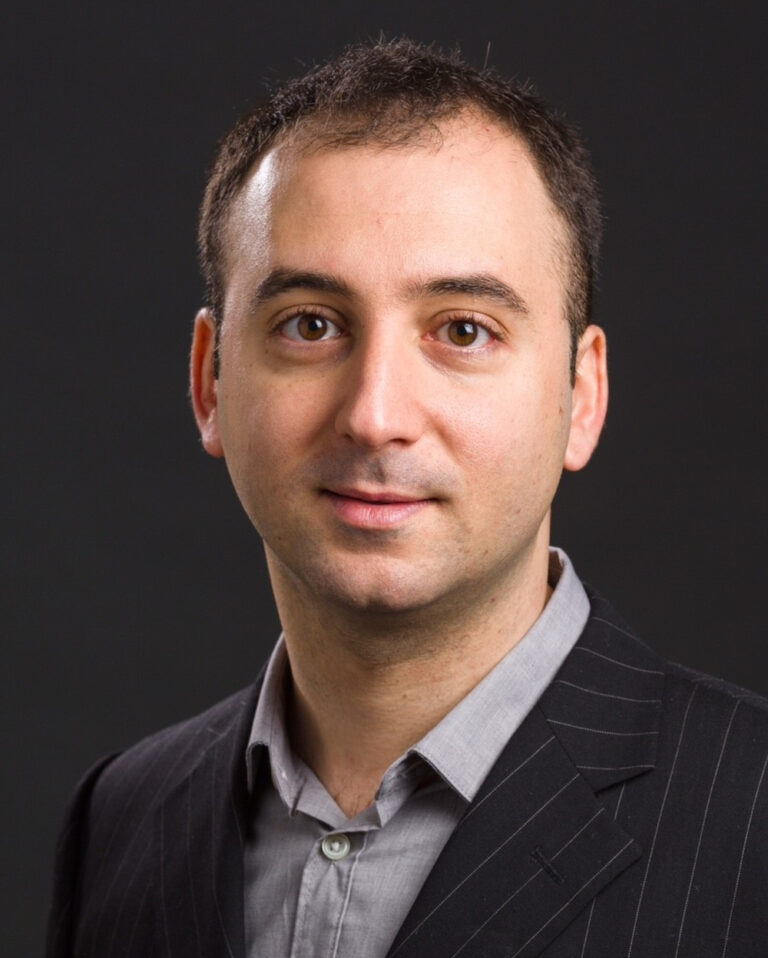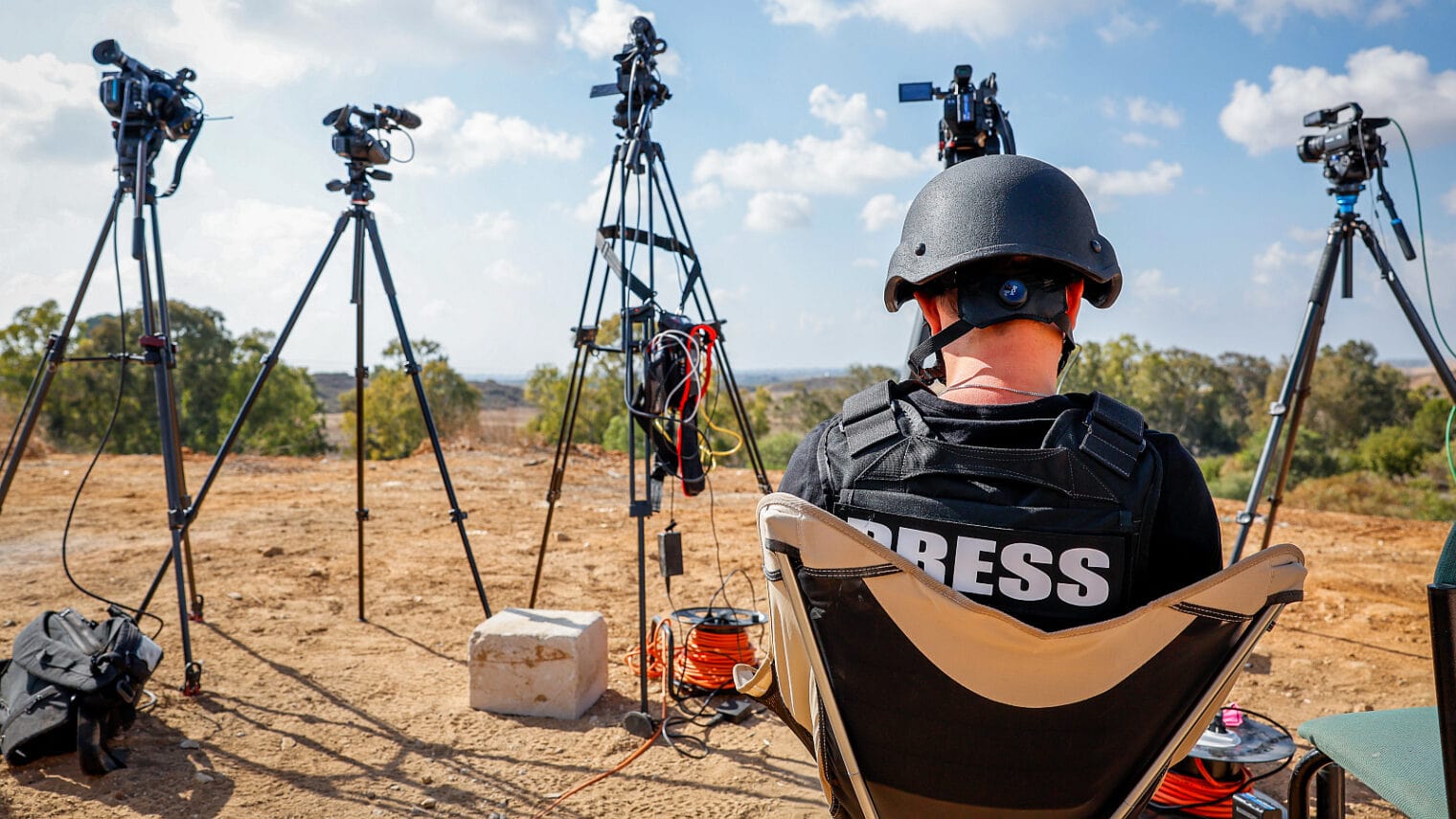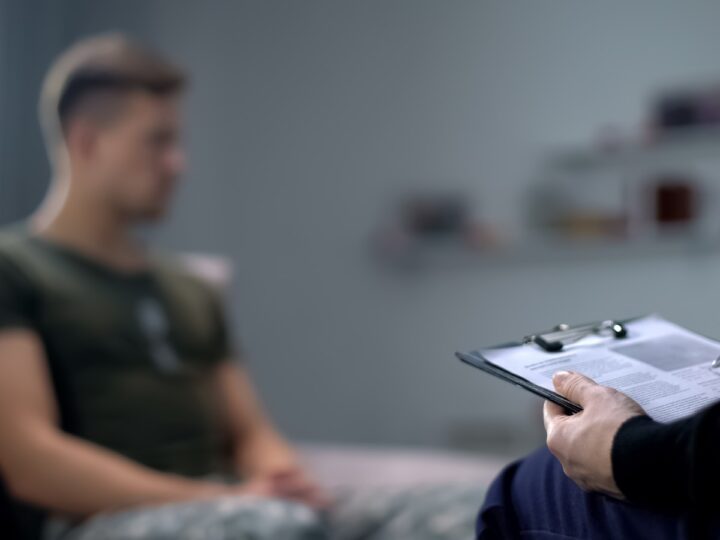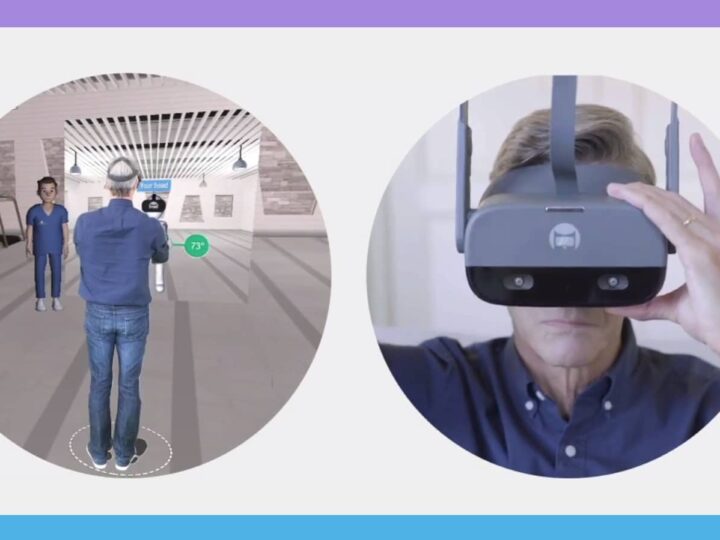Almost a quarter of Israel’s Jewish population is suffering from post-traumatic stress disorder (PTSD) after the October 7 massacre precipitating a war with Hamas in Gaza.
Researchers at Tel Aviv University (TAU) say a primary cause is the graphic and distressing content they see online or on TV.
They also say stress levels are now far higher than during any previous conflict with Hamas, and way above those experienced even at the height of the Covid pandemic.
The team analyzed smartwatch data from 5,000 participants who hadn’t directly suffered in the terror attacks, measuring their mood levels and daily step count, as well as sleep quality and duration.
They also asked those taking part about their news consumption, how many traumatic videos they’d watched and their levels of anxiety.
They found a clear correlation between graphic content and overall mood.
Among those who said they didn’t watch the news at all or see any distressing videos, the incidence of PTSD was 7%. But for participants who watched eight hours or more of TV news and at least five videos a day, the figure was over 32%.
“The occurrences of PTSD and anxiety are well explained by increased and persistent news consumption, and especially by the availability of gory videos on social media,” the researchers conclude in a paper entitled “Risk and early signs of PTSD in people indirectly exposed to October 7 events.”
“Continuous monitoring of participants via smartwatches and daily questionnaires further revealed considerable differences in stress, mood, step counts, sleep quality and duration in the first week after the October 7 events among those who later developed PTSD.
“This study demonstrates the unprecedented amplifying effect of mass media on mental health in terror and war settings and highlights the potential of continuous monitoring for early detection and prompt treatment of those in need.”
Different from 9/11
Their data showed that 23% of adult Jewish Israelis were suffering from PTSD, as against approximately 4.5% before October 7.

By comparison, a study in 2001 following the 9/11 attacks found that 7.5% of Americans in New York City were suffering from similar symptoms.
The critical difference is the ready access we now have to distressing content, which wasn’t the case two decades ago.
“The pervasive circulation of explicit and unfiltered graphic content, including videos of horrific acts across various media channels, may contribute to a rise in PTSD rates among individuals indirectly exposed to traumatic events,” said Prof. Dan Yamin of the Fleischman Faculty of Engineering at TAU.
In the immediate aftermath of October 7, 55% of adult Jewish Israelis were assessed as suffering some level of clinical anxiety. Further analysis revealed PTSD was highest among young people, women, and the “traditional and secular” population.
Research by the departments of engineering and medicine at TAU was carried out jointly with Stanford University in California and the Israeli startup WizerMed, whose mobile application Migraine Predict is designed to help migraine sufferers.















